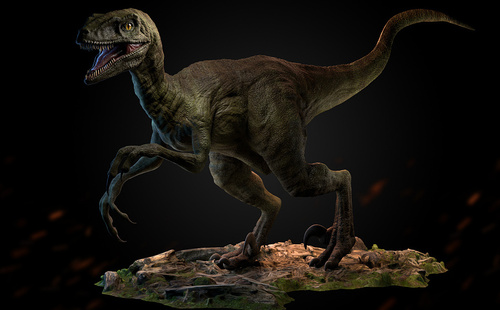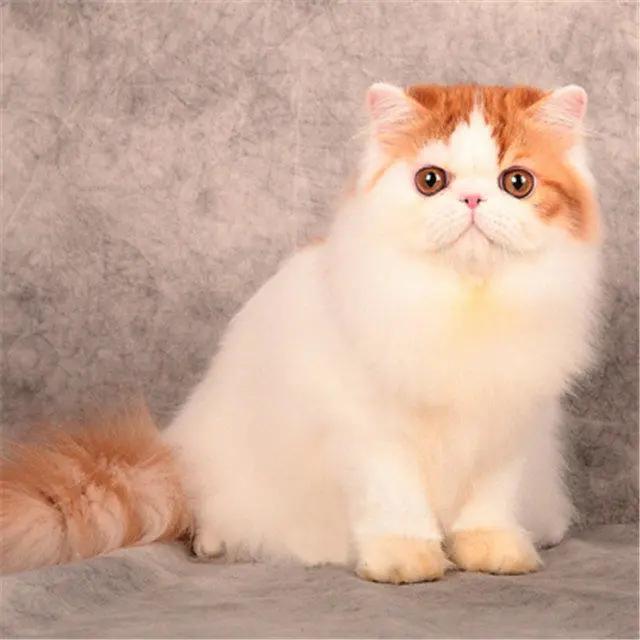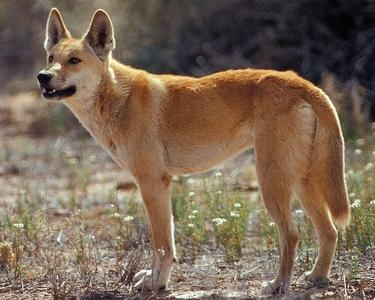
woolly mammoth
Table of ContentsIntroduction: The Woolly Mammoth’s LegacyWhat is a Woolly ···

Wild Dogs
Mysterious and dangerous natural predatorWild dogs are a type of wild canine···

caiman
American alligator, spectacled crocodile
Caiman: A stealthy predator in tropical watersCaiman is a crocodile-like rep···

Prionailurus viverrinus
Fishing Cat, Chat Pêcheur,Gato Pescador,Felis viverrina Bennett
Fishing cat: one of Asia's most endangered small and medium-sized catsTh···

vizsla
Hungarian Vizsla,Hungarian Pointing Dog, Vizsla Dog
Vizsla (scientific name: Hungarian Vizsla, English name: Vizsla), also known···

Mule
Equus ferus × asinus,Horse mule, donkey mule,Equus mulus Erxleben
Mule (scientific name: Equus ferus × asinus, foreign name: Mule) is the off···

Orycteropus afer
Native pig, anteater, African anteater, ant bear,Aardvark
Aardvark (scientific name: Orycteropus afer), also known as: ground pig, ant···

Velociraptor
Velociraptor mongoliensis,Velociraptor,Velociraptorinae, and Venomous dinosaur
Chinese name:xùn měng lóngLatin name: VelociraptorOther names: Velocirapt···

Spinosaurus
Spinosaurus, Ridgeback
Spinosaurus (scientific name: Spinosaurus, meaning "spiny lizard")···

Pterodactylus
Quetzalcoatlus northropi,Pterosauria,Pterodactylus antiquus
Pterodactylus (Quetzalcoatlus northropi), also known as the flying pterosaur···

Tachyglossidae
Spiny Anteater,echidna
Echidna, or Tachyglossidae, is commonly known as the spiny anteater. It is a···

Persian cat
Persian cat, Chinchilla, Bose Mouse, Persian, Felis catus, Persian, Chinchilla, Himalayan, long-haired cat
Persian cat (scientific name: Persian cat, English name Persian Cat, Persian···

Equus africanus asinus
donkey,Equus asinus,
Donkey (scientific name: Equus africanus asinus, Equus asinus foreign name: ···

Canis lupus dingo
Canis dingo,Australian Dingo,Dingo,Canis macdonnellensis Matschie,Canis lupus familiaris dingo Meyer,Canis dingo Meyer,Canis familiaris dingo,Canis antarticus Kerr,,Canis familiaris australasiae Desma
The Australian dingo (scientific name: Canis lupus dingo, Canis dingo) is a ···

kangaroo
Kangaroo (English: kangaroo, ganguro) is a mammal belonging to the genus Mac···

Wombat
Phascolomidae
Wombats, or Phascolomidae, are marsupials in Australia. They belong to the o···

Rhodesian Ridgeback
African lion dog, African lion hunting dog, Rhodesian hound
Rhodesian Ridgeback, also known as African Lion Dog and Rhodesian Ridgeback,···

Erinaceus europaeus
rinaceus,Prickly pig, hedgehog, hedgeho
Hedgehog (scientific name: Erinaceus) is the common name for the Erinaceus s···



